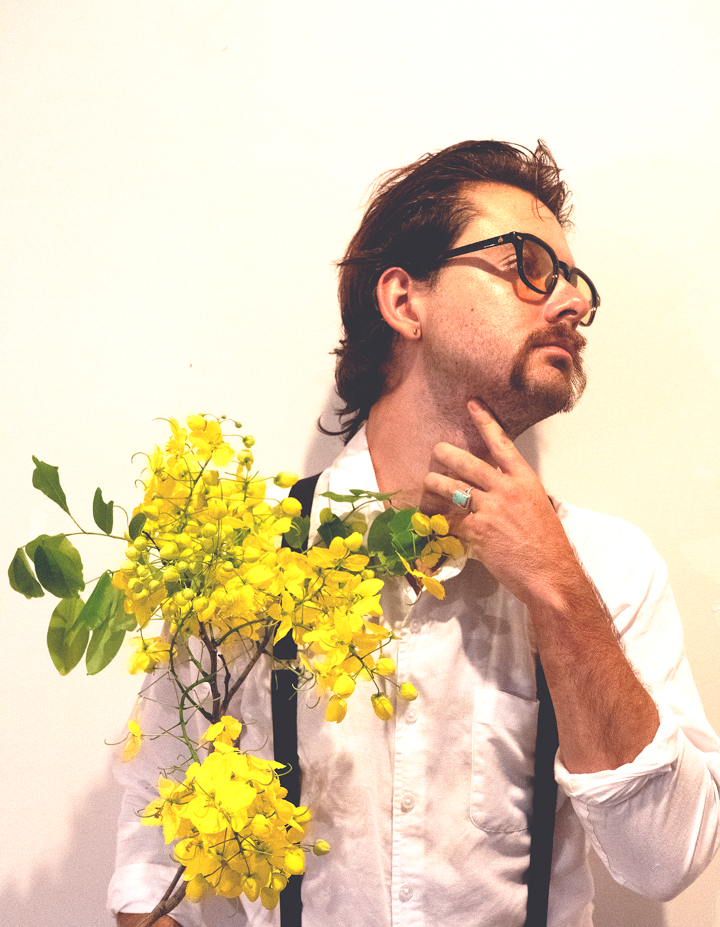The Mask as a Protective Object, Mental Health and Life Under the Microscope
- Thomas Hannah

- Apr 28, 2023
- 3 min read
Updated: Apr 29, 2023
As many of us have experienced wearing a mask for a prolonged period due to the pandemic. A question can now be posed regarding identity, and the help or hindrance at play by hiding half of our most obviously identifiable features. I enjoyed a sense of ease in my partial anonymity, for as we walk through our days meeting societal standards—a smile here, a handshake there, we are performing an exhibition almost subconsciously. Not to say that this cordiality is too much to ask, but just imagine you are at the centre of the societal stage and all flock to watch you perform your mundane tasks.
We’ve seen those in the public eye break under the crushing pressures all too many times, struggling to live up to their professional persona. I dare say at one stage in our lives we have all examined our identity and what it is that makes us entirely different or similar to another, thus considering our place in the world. But what if your identity was inflated and distorted by your viewer? Or your listener? We have seen megastars of the past like David Bowie use a form of mask through make-up and the creation of a character separate from himself in ‘Ziggy Stardust’. Bowie admitted that he was a “collector” and would “take on the guises” of different people he met. This most definitely is a symptom of Bowie’s affinity for theatre, creating one of the most influential characters music has ever seen. But I also argue that the safety of the Ziggy Stardust ‘mask’, would have helped shield the 25-year-old Bowie from the intensity of his ever-growing popularity and the demands of such.
Or the argument of Bob Dylan, who was metaphorically crucified throughout his career, whether it be going electric, not marching in the anti-war and civil rights protests, or the continual criticism and belittlement of his vocal capabilities. We see him acknowledge this in his ‘Rolling Thunder Revue' tour of 1975-1976, donning a plastic ‘Bob Dylan mask’ as if to say; ‘you’ve tried to hunt me down and you have turned me into this character, well here he is’. An artist who truly had his identity distorted by his audience and was once quoted saying; “I’ve got my Bob Dylan mask on, I’m masquerading.”
With an almost insatiable bloodlust for our celebrities and the immediacy of reaching them through technology, it’s not hard to understand the adoption of masks to retain anonymity and possibly stem anxiety. We’ve seen this in recent years with the likes of Sia and Kanye West, two artists who have struggled with the trappings of fame and mental health. Not unlike David Bowie or the 70’s glamour rockers KISS, the artistic inclination of Sia and West’s masks cannot be ignored, though neither their personal practicalities and necessities.
So what does all this mean? In a time where there are 8 million sufferers of anxiety in the UK alone and 1 in 6 suffering from mental health problems, one must consider the protective utilisation of the ‘mask’ as a symptom of mental health struggles. Perpetuating the avoidance of notice and the continual ‘suffering in silence’.
Whether one is hounded by the press on the daily and getting their truth distorted through tabloid fabrication like Dylan or West, or simply the daily pressures of the ‘ordinary’ becoming too heavy to hold. One under the cloud of mental health will inevitably feel at the centre of their societal stage, studied and critiqued by those watching. This provokes the withdrawal and the mask, hence denying one’s vulnerability and deserved peace. In a society where social pressures are at boiling point and superficial scrutiny is not only omnipresent, but almost expected, the idea of the ‘mask’ and the ‘persona’ are comforting havens, but at the cost of individuality and liberation.
We have seen too much loss of those falling from their literal and metaphorical stages. I do not have the answers, but when our society becomes a haven of acceptance and understanding, the need for the shielding of the self will be stifled. and happiness will climb.







Comments